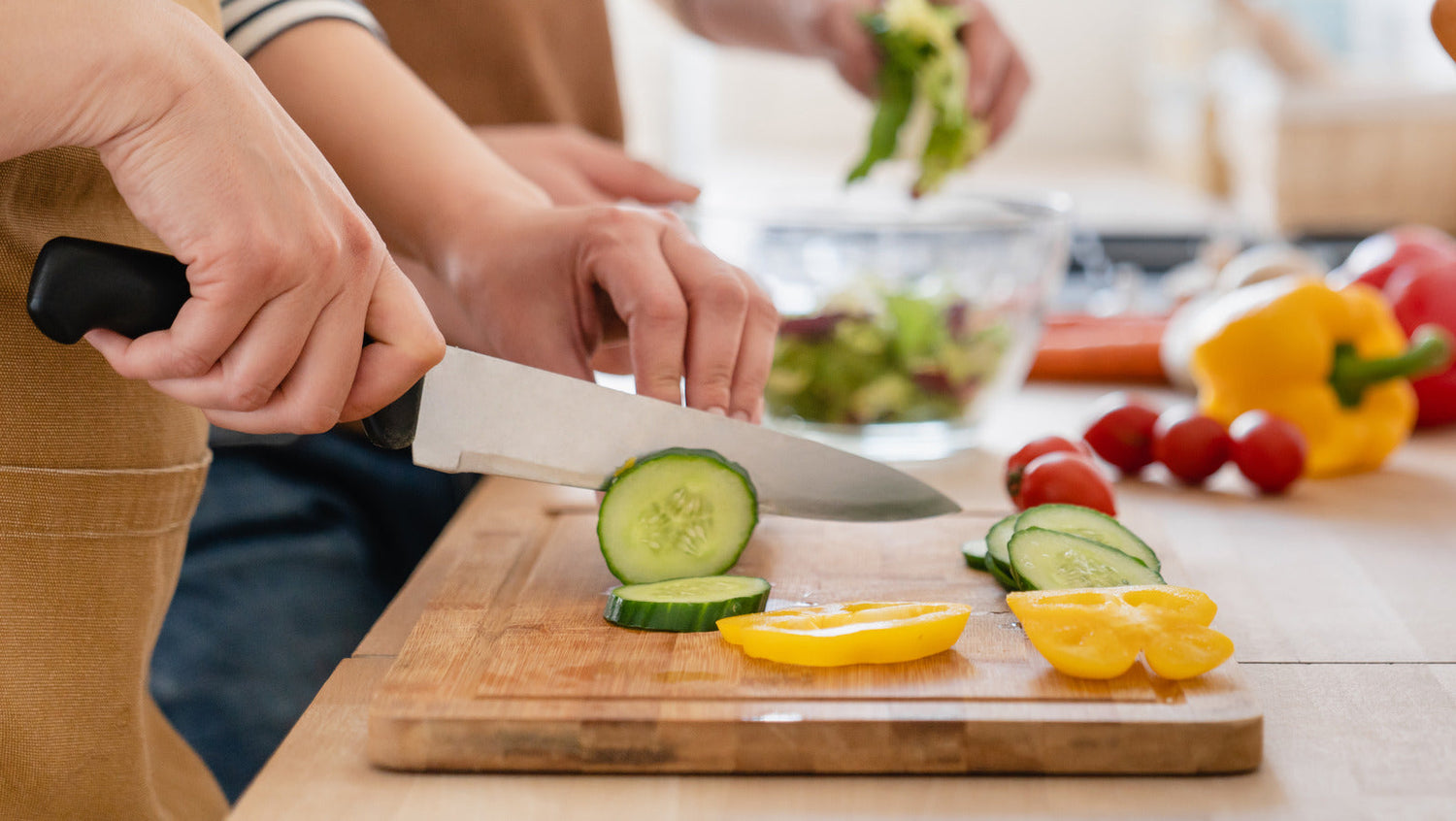For every kitchen professional, a cutting board is an indispensable tool. Whether you're slicing vegetables, carving meat, or prepping delicate garnishes, your cutting board plays a crucial role. But the frequent cutting, washing, and exposure to moisture can cause wear and tear, compromising not only its durability but also food safety. So, what's the secret to extending the life of this kitchen essential? In this article, well unravel the finest techniques for how to protect cutting board while ensuring it remains hygienic, sturdy, and aesthetically pleasing.

Why Proper Cutting Board Maintenance is Shocking Yet Critical
Your cutting board faces daily abuse: knife scratches, moisture absorption, staining, and even the growth of harmful bacteria. Without the right care, even the most durable chopping board can warp, crack, or become a breeding ground for bacteria. This is especially true for wooden cutting boards, which may absorb moisture, or plastic boards that accumulate grooves.
Kitchen professionals understand that proper cutting board maintenance isnt just about looks; its a matter of food safety. Regular upkeep is vital to prevent cross-contamination, ensuring every cutting session remains hygienic. Lets take a deep dive into solutions for mastering how to protect cutting board effectively.
The Life-Changing Techniques for Shielding Your Cutting Board
1. Selecting the Right Cutting Board
First and foremost, selecting the right board can make a tremendous difference. Wooden cutting boards, made from hardwoods such as maple or walnut, tend to be more durable and gentle on knives. Plastic boards, on the other hand, are easier to sanitize, making them ideal for handling raw meats.
Before diving into protection strategies, learn more about the types of cutting boards available and which ones best fit your needs as a kitchen professional.
2. Clean Your Board Thoroughly
Maintaining cleanliness is paramount. Wooden boards should never be soaked in water, as excessive moisture leads to warping. Instead, wash them with mild soap and warm water, then wipe them dry immediately.
For plastic boards, a dishwasher-safe option is ideal, though hand-washing remains effective. If youre looking to prevent cross-contamination, check out these essential cleaning tips.
3. Oil Your Wooden Cutting Board
One of the most remarkable ways to ensure your cutting board stays in pristine condition is to oil it regularly. Food-grade mineral oil is highly recommended for sealing the wood and creating a barrier against moisture and bacteria.
To apply the oil, pour a generous amount onto the surface and spread it evenly with a clean cloth. Let it sit for a few hours (or overnight) before wiping off the excess. Repeat this process monthly or whenever your board looks dry.
4. Sanding for an Approved Finish
If your wooden cutting board begins to feel rough or develops knife grooves, sanding can bring back its smooth surface. Use fine-grit sandpaper to gently buff the surface, then reapply mineral oil or a butcher block conditioner.
5. Watch Out for Stains and Odors
Stains and odors are unavoidable, but there are terrific ways to combat them. For stains, sprinkle coarse salt or baking soda onto the board, then scrub with a lemon half. This method cleans and deodorizes your board naturally, leaving it refreshed.
Odors can also be eliminated by rinsing the board with white vinegar or hydrogen peroxide. Remember, these life-changing tips can save you the hassle of replacing boards frequently.
Maintenance Tools Kitchen Pros Swear By
Investing in the right tools can streamline your cutting board care routine. Consider owning these essential items:
- Food-grade mineral oil or cutting board oil
- Beeswax-based wood conditioner
- Fine-grit sandpaper
- Baking soda, lemon, and white vinegar
Each of these tools enhances your board's longevity, helping you become a pro at answering the nagging question of how to protect cutting board.
When to Replace Your Cutting Board?
No matter how meticulous you are with maintenance, every cutting board has its lifespan. Wooden boards need replacement when cracks or deep cuts compromise their surfaces. Plastic boards, with their extensive grooves, also become unsafe over time.
Curious about the lifespan of other kitchen tools? Dive into this insightful article on when to replace grill drip pans.
FAQ Section
1. How often should I oil my wooden cutting board?
Wooden cutting boards should be oiled at least once a month or whenever they appear dry to maintain their moisture and avoid cracking.
2. Can plastic cutting boards be sanitized in the dishwasher?
Yes, most plastic cutting boards are dishwasher-safe, which makes them easier to sanitize. However, check the manufacturers label to confirm.
3. How do I eliminate garlic or onion odors from my cutting board?
Rub the surface of your cutting board with a lemon half and coarse salt, or rinse with white vinegar. Both methods effectively neutralize strong odors.

Final Thoughts
For kitchen professionals, protecting your cutting board is not just ordinary maintenanceits an art! By integrating these proven techniques, youll not only enhance the longevity of your board but also create a safer, more efficient cooking space. Consistent care with oiling, sanding, and cleaning can transform your cutting board into a lasting companion in the heart of the kitchen.
For more expert insights, check out this comprehensive guide on cleaning wooden cutting boards.
This article contains affiliate links. We may earn a commission at no extra cost to you.






Leave a comment
This site is protected by hCaptcha and the hCaptcha Privacy Policy and Terms of Service apply.